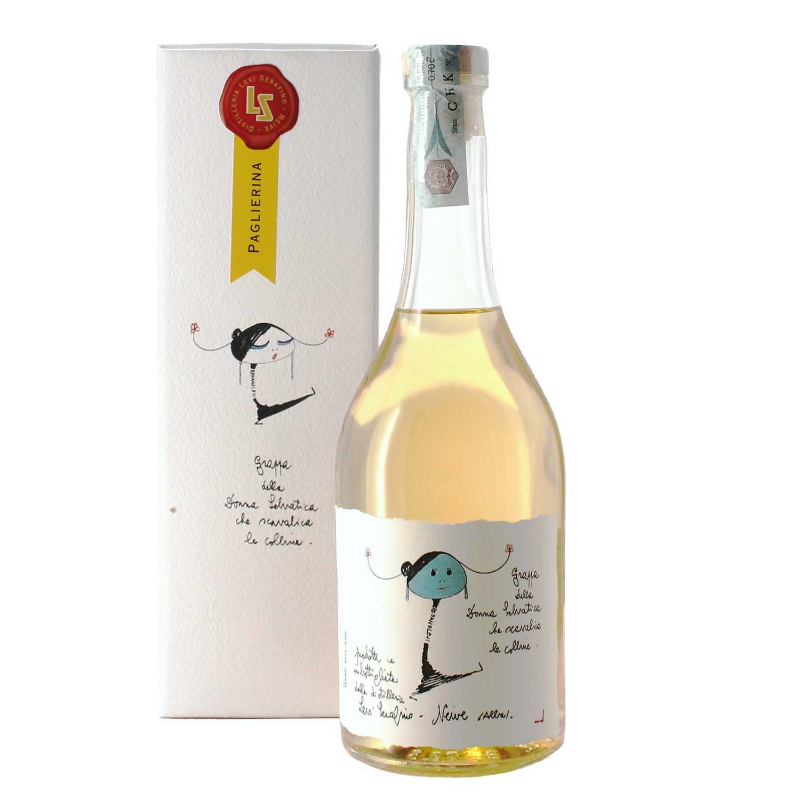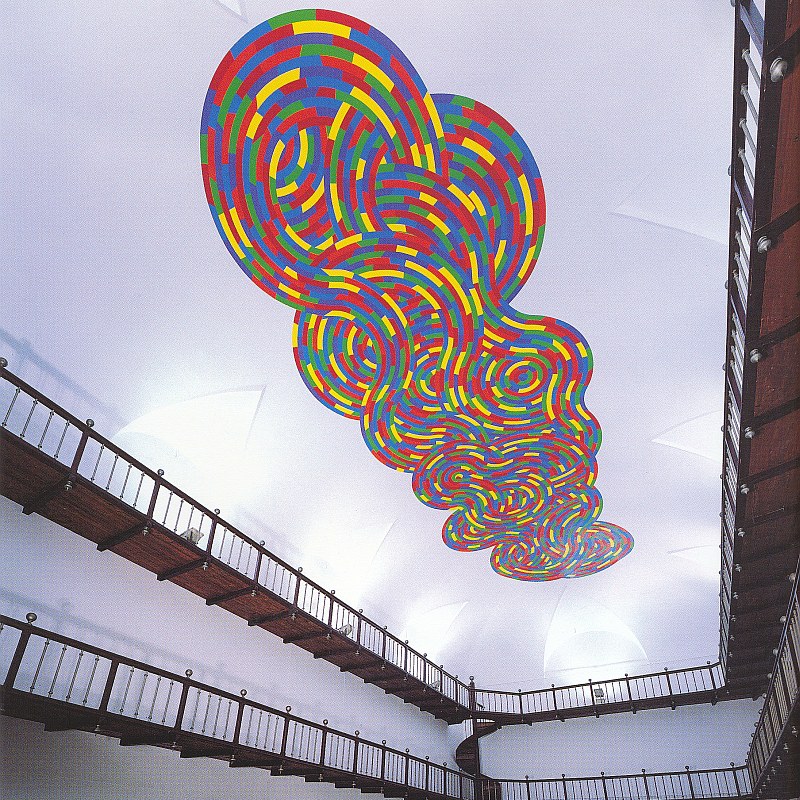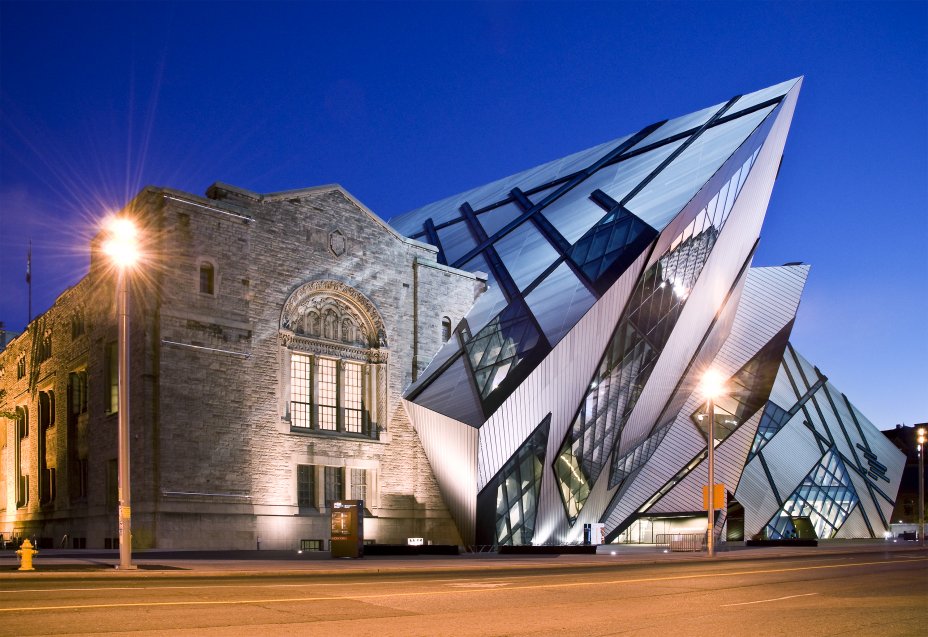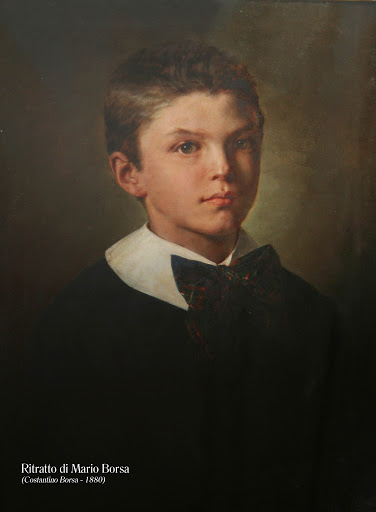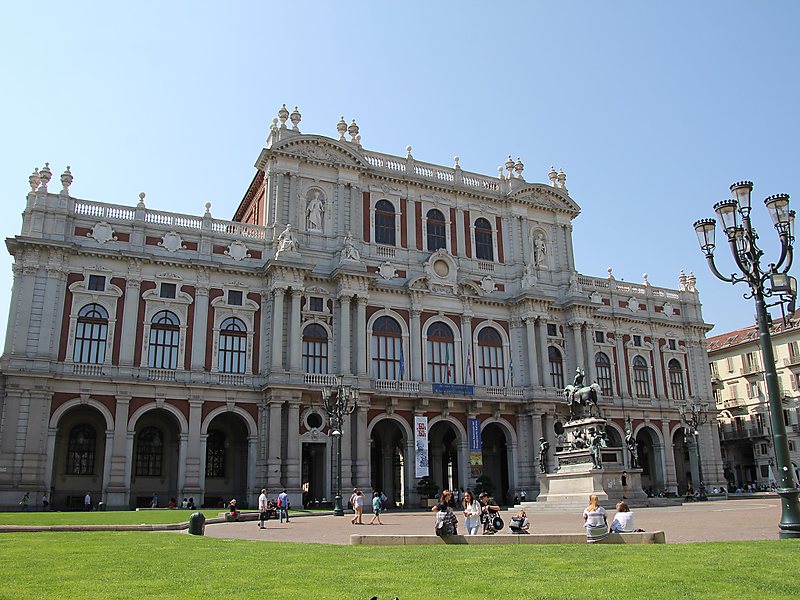For over sixty years, siblings Lidia and Romano Levi, continuing the tradition of their ancestors, have produced a unique Grappa, known to all as "La Grappa della Donna Selvatica". It is not only a distillate of pomace, but also the art expressed by Lidia in the compositions of herbs immersed in the bottles or by Romano in the poetic, hand-drawn labels; for these works a true artistic current has even been identified and baptized: arte-selvatica (wild art).
Everybody knows these bottles of Grappa, many collectors jealously keep them, the most famous Italian restaurants in the world proudly show them as a symbol of national enogastronomy, a museum is dedicated to them, other museums and galleries exhibit them as small masterpieces;
The Wild Woman was characterized, within the society of the Langhe peasantry, as the bearer of an ancient culture, in close contact with nature and its secrets, with the trades related to seasonality, with the wisdom of the old interspersed with popular religion and superstition.
An ancient tale of the Salige describes the Wild Women of the Langhe as "recurrent figures in the sagas of the Alpine arc, representing the deepest roots, corporeal and instinctual of the feminine: the archetype of a free and wild nature, uncontaminated by the discomfort of civilization".
